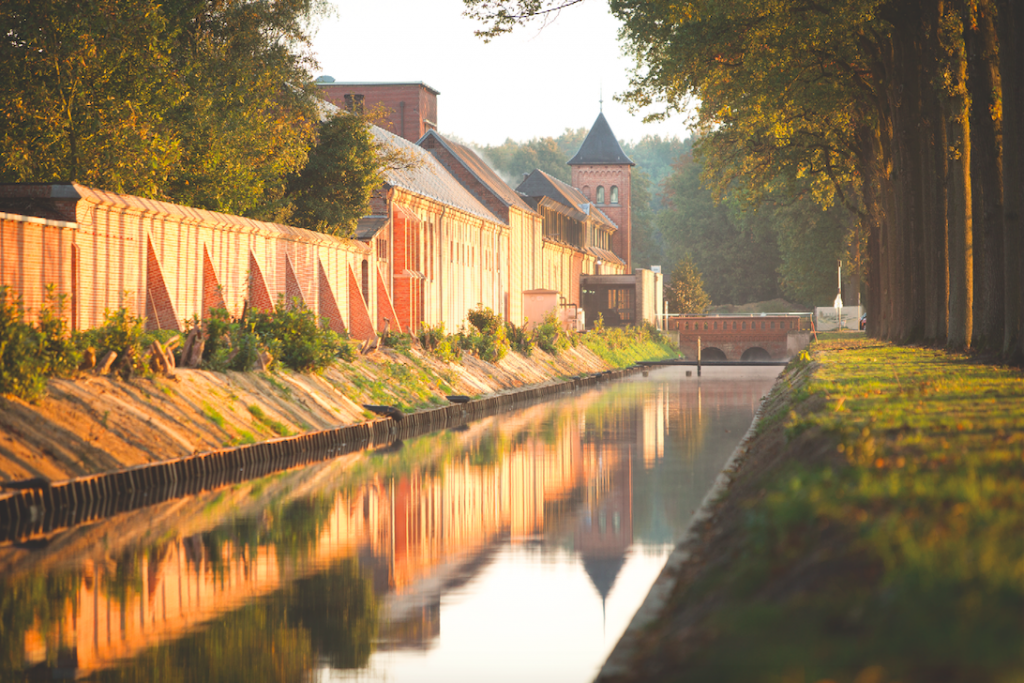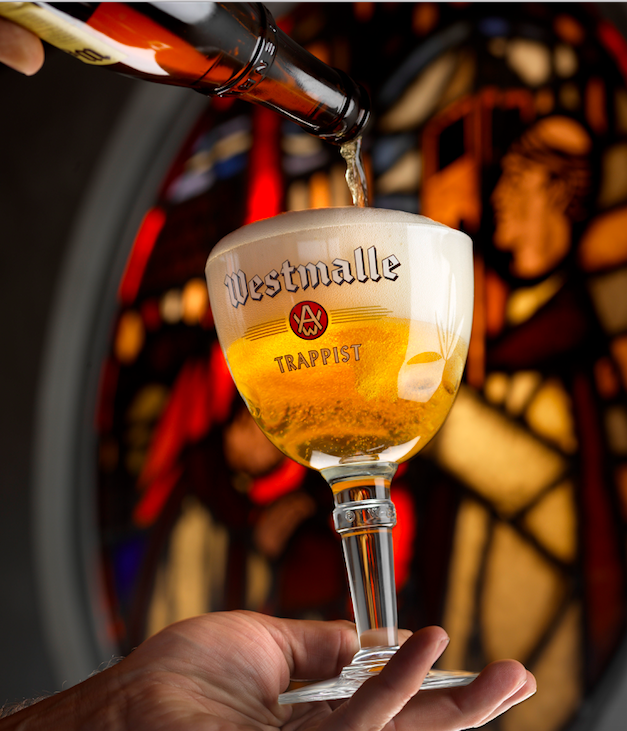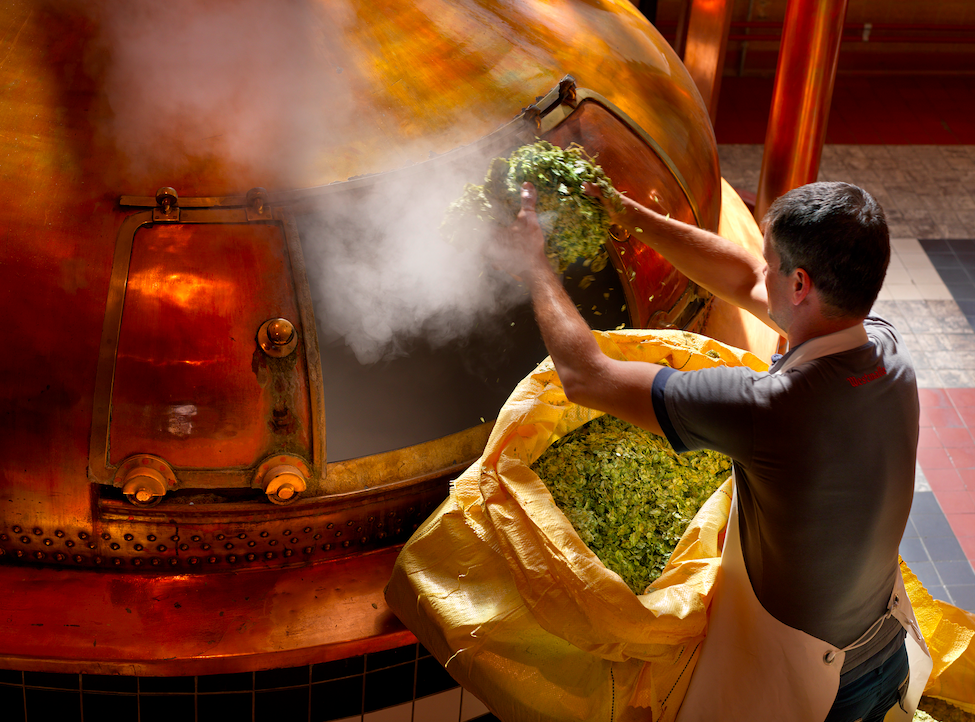There are eleven Trappist monasteries worldwide, but only one can lay claim to being the originators of both the Dubbel and Tripel styles synonymous with those breweries.
If you visited the Westmalle Abbey in Belgium all you would see on just about any given day are beautiful walls and closed gates at the brewery. Monks live in the woods for a reason..to be left the f*ck alone. Disturbing the peace is just one reason visitors aren’t typically welcome.
The lifestyle there is based on very strict observance. No talking, only by necessity. They live a quiet existence of work and gather for church six times a day.
A while back we gathered at The Publican in Chicago with our friends from Louis Glunz and Merchant du Vin to chat with Manu Pauwels, Director of Marketing for Westmalle during his first U.S. trip. The brewer’s blend of Dubbel and Tripel was the beverage of choice during the meet and greet.
Westmalle originated the Tripel style in 1934. It was first produced to celebrate the launch of their new brewhouse. No hop pellets, no extract, whole hops directly from hop farmers are added manually to each batch.
If you look at a Tripel and didn’t know any better, you could take it as a Pilsener. More flavor, fuller body and higher alcohol yet remaining approachable was the intent.
The gin craze of the mid 18th century led to much higher taxes on that spirit. This cold reality forced brewers to take an innovative approach toward recipes. This was the tipping point where brewers started experimenting with higher alcohol styles.
The Westmalle half and half blend started as something of a joke around the brewhouse that ended up being too good to ignore according to Manu. The Dubbel goes first in the pour. In Antwerp if you asked your bartender for a Trappist beer by default it’s common knowledge that you are ordering a Westmalle Dubbel. For this reason the half and half is known as a Trip Trapp.
The Tripel takes eight weeks to produce. One week for main fermentation, four weeks in the conditioning tank, then three weeks in the cellar for bottle conditioning. The hop blend includes Saaz, but those are the only hops the brewery is interested in revealing.
Merchant Du Vin, the classic European beer importer would prefer to just create a banner that reads ‘Westmalle The – World’s First Tripel’, but that’s not the in spirit of the monastery. The eleven Trappist breweries are friends that often share yeast strains and best practices. Every week Westvleteren comes to the abbey in a van to collect yeast. When Brouwerij de Koningshoeven (La Trappe) decided to build a brewhouse it was Westmalle that backed them financially.
The International Trappist Association and their logo are not for beer alone. Other offerings include cheese, cookies, chocolates, wine and spirits.
–Nkosi
*photos courtesy of Manu Pauwels
Other Notes:
-Only 5% of Westmalle’s annual production leaves Belgium, 3 % goes to nearby France, 1% comes to the U.S.
-Manu’s first U.S trip only included two stops – Chicago and then to New York for the annual Belgian Ale Fest in Cooperstown.






